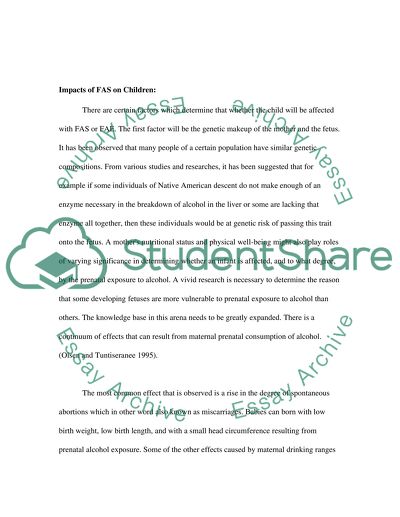Cite this document
(“Impact of Fetal Alcohol Syndrome Research Paper”, n.d.)
Retrieved from https://studentshare.org/family-consumer-science/1416095-impact-of-fetal-alcohol-syndrome
Retrieved from https://studentshare.org/family-consumer-science/1416095-impact-of-fetal-alcohol-syndrome
(Impact of Fetal Alcohol Syndrome Research Paper)
https://studentshare.org/family-consumer-science/1416095-impact-of-fetal-alcohol-syndrome.
https://studentshare.org/family-consumer-science/1416095-impact-of-fetal-alcohol-syndrome.
“Impact of Fetal Alcohol Syndrome Research Paper”, n.d. https://studentshare.org/family-consumer-science/1416095-impact-of-fetal-alcohol-syndrome.


